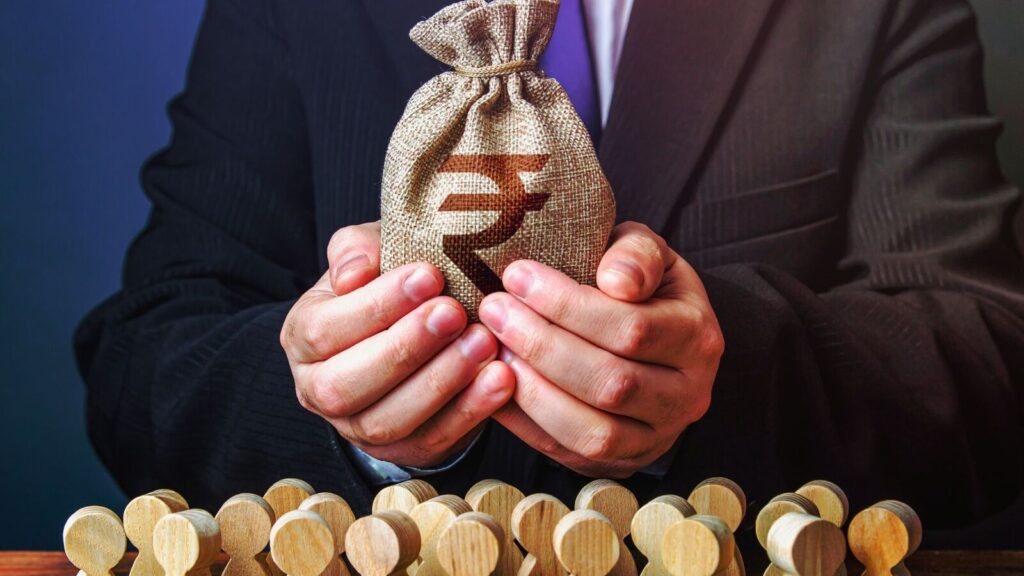HDFC, Kotak and IndusInd among banks facing surge in default from over-leveraged retail borrowers

The increase in over-leveraged small borrowers is impacting Indian lenders like HDFC Bank, Kotak Mahindra Bank, IndusInd Bank, and others, as the bank executives and analysts are expecting a higher level of stress in the personal loan and micro-credit segments over the coming year, reported Reuters on Tuesday, October 29.
The rise in loan defaults marks a turn in the credit cycle for the Indian banks whose bad loans dropped to a record low of 2.8 per cent of all assets at the end of March 2024, the news agency reported citing Reserve Bank of India (RBI) data.
As of September, five out of the eight largest private sector banks have reported an increase in bad loans, as per the report. HDFC Bank, Kotak Mahindra Bank, IndusInd Bank, RBL Bank and IDFC First Bank witnessed gross bad loans as a percentage of total assets rise between 2 basis points and 19 basis points during the quarter.
Many banks have also increased provisions for those loans, i.e. they set aside funds to cover the loan in case of a rising expectation of a default, as per the report.
Personal loans and credit cards
Personal loans and credit cards particularly witnessed faster growth, more than 25 per cent as of earlier this year, forcing the RBI to step in and curb rising retail lending.
Slippages, or the proportion of good loans turning bad, would be elevated, and stress could remain high “for the next 3-4 quarters at least,” Pranav Gundlapalle, senior research analyst at Bernstein, was quoted as saying in the report.
The increasing defaults with higher capital requirements imposed on the banks last year, along with actions against aggressive lending practices have slowed the growth in personal loans and credit card segments, according to the report.
The moderately worsening asset quality may not be an immediate concern for well-capitalised banks. However, the trend of increasing bad loans and slowing retail loan growth may weigh on their profitability outlook, according to analysts.
“We do see a general trend, particularly in unsecured (loans), where there is stress across multiple segments,” said Arjun Chowdhry, group executive at Axis Bank. Chowdhry handles segments including cards and retail loans.
The stress is being driven by “indebtedness” caused by over-leveraging, he said on an analyst call.
Rise in loan defaults
According to the report citing Managing Director of Bajaj Finance Rajeev Jain, the rise in bad loans is witnessed mainly in borrowers who have three or more unsecured personal loans due to easy access to funds amid extensive competition of companies to gain market share.
The report also quoted a case study of Harpal Singh, a 45-year-old Mumbai resident whose annual income is ₹7.8 lakh. In the last six years, he has accumulated ₹50 lakh in personal loans and credit card debt and is now struggling to repay his debts.
“Medical emergencies have completely wiped off my savings and the general cost of living in Mumbai is so high that there is hardly anything left to pay,” Singh told the news agency.
Microfinance loans
The defaults in the microfinance loan segment have also increased. This segment includes loans given to low-income individuals.
Climate-related disruptions to crops have eroded incomes in the rural areas, said a state-run bank official.
The Reserve Bank of India has banned four non-banking lenders from fresh lending due to “usurious” pricing practices and has sought data from microfinance firms on loan spreads, reported the news agency quoting five people aware of the development.
Catch all the Industry News, Banking News and Updates on Live Mint. Download The Mint News App to get Daily Market Updates.
MoreLess








